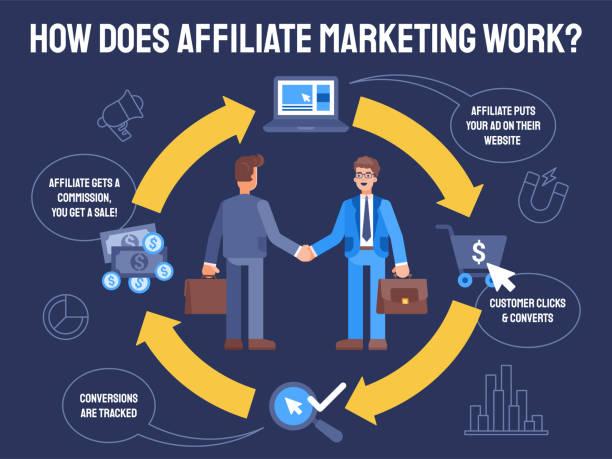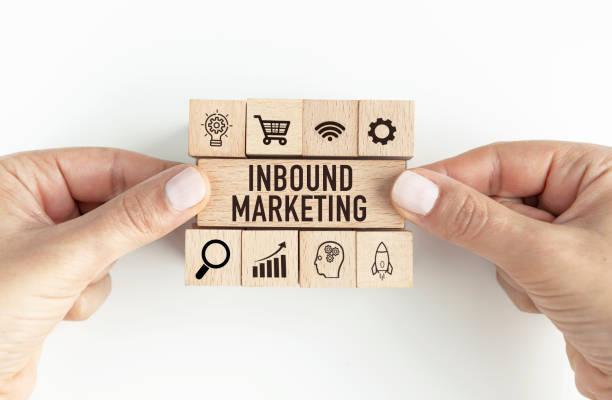E-commerce experts discuss the importance of good eCommerce marketing strategies to understand what customers really want and build strong relationships.
The trend shows no signs of abating, and many retailers are once again facing serious challenges related to blockchain. Digital transformation is becoming even more important. Retailers have no choice but to change and serve consumers seamlessly. Ecommerce marketing has been consolidating in recent years, with leaders coming together to find solutions. So here are some off-site activities to inspire your e-store strategy.
Non-obvious digital marketing strategies for eCommerce
1. Invest In Organic Content
Creating organic content is a great strategy to drive traffic to e-commerce. Create informative videos in your niche on digital platforms like Instagram and YouTube, and collaborate with other content channels and non-competing brands. This can be a great way to increase awareness without investing in paid media.
For example, Mars Petcare Inc., a large natural pet food company, has established itself as an authority on the subject by launching a YouTube channel dedicated to pet health.
2. Cross-Selling And Up-Selling Strategies
Cross-selling and up-selling initiatives can help extract more value from the customer journey and sell more of what the customer is looking for.
You can run campaigns that offer products related to what she’s looking at, cross-sell or upgrade to more interesting products.
In this case, promotions can involve offering a combination of products or bundles, or offering a gift of a required minimum amount at checkout.
For example, geek store just geek saw a 30% increase in average revenue when it offered a gift for a minimum order in its shopping cart.
It’s important to have an e-commerce platform with kitting and aggregation capabilities to offer these features.
3. Focus On The Most Profitable Acquisition Channels
Another effective strategy for growing brands is to focus on the most profitable acquisition channels. Many marketers believe that to grow, they need to invest in as many media and content formats as possible. However, this can get in the way of your team and put a strain on your budget.
For those looking to improve their eCommerce marketing results, it’s ideal to prioritize the engagement channels they already have and test different segments to attract new audiences.
It’s also a good idea to hire a performance agency or eCommerce specialist to help you focus on the most strategic channels for your business, such as organic search, paid search (Google Ads), and Facebook advertising.
4. Focus On Customer Retention
Believe it. Few online stores have a successful customer retention strategy, and most focus solely on attracting customers. The problem is that it’s much more expensive to acquire new customers than it is to retain those already in your store.
Unlike e-commerce stores, where the main focus is on attracting new customers, stores that already have fixed customers must invest in customer retention.
To do this, eCommerce marketing automation tools can be used to send emails with offers and news, create retargeting ads for customers who have abandoned their shopping carts, or create loyalty programs.
5. Affiliate Marketing
A promising strategy, still underutilized in e-commerce, is affiliate marketing. It is a relatively inexpensive and effective strategy for acquiring new customers and increasing sales in e-commerce. The marketing consulting firm Fetch Profits estimates that 16% of global e-commerce sales are made by affiliates.
In practice, this method works as follows. E-shops work with affiliates, who are influencers and ordinary people like us. They then promote the products and the store on social media and other platforms. If a sale is made through them, your store pays you a commission. Interesting, isn’t it?
There are affiliate marketing tools such as Buffer and CJ that can be integrated with your e-commerce platform to register affiliates, track sales and pay commissions.
6. Content Marketing
Content marketing is also a powerful strategy to build your brand’s authority in the marketplace, achieve higher search engine rankings, improve customer relationships, reduce investment costs and increase sales opportunities. These social media for eCommerce strategies help customers perceive your brand as a partner in solving their problems.
For an effective strategy for digital marketing for eCommerce businesses, always remember to understand your personas and their problems, find the right content, write good copy that adds value and solves problems, deliver it across all channels, and let your audience know.
7. Email Marketing
Email marketing for eCommerce is still a great strategy used by many businesses today, as it allows them to build good relationships with their audience and spread promotions and news. However, for this strategy to work, it is important to remember that you should never buy a database of contacts to send emails to.
The database must consist of contacts who are interested in the product and have had at least one contact with your brand. Personalization and frequency are also discussed to increase the sustainability of the communication.
Tips Pop-ups and rich content are great ways to target potential customers who are truly interested in your business. Invest in them to build a good contact base and get them to interact with your brand.
8. Invest In SEO
A properly implemented SEO strategy can propel your online store to the top of Google search results. This strategy is designed to improve the position of e-commerce in organic search engine results. Therefore, it is one of the most important tools for e-commerce success. It generates more visitors for free.
For example, the secret to success is to implement SEO on all pages of your online store, from product descriptions to blog posts showing how to use the products. You should then see results, usually after three months. The page URL, title, meta description, loading speed, responsiveness, design, and information structure should be optimized. In addition to choosing the right keywords, don’t forget to link to your pages using internal links.
9. Inbound Marketing
Inbound marketing, also known as attraction marketing, is a set of strategies that use relevant content to attract customers. Unlike traditional methods, the goal is to get consumers to seek out the company, rather than the other way around. The approach follows a logical sequence of steps, divided into five phases. Attract, convert, communicate, sell and analyze.
By performing this action, you attract a potential customer to your blog or website. You then work with him or her to establish a relationship. The goal is to educate your audience about your company’s niche so that people perceive your brand as a reference in a specific field and make a buying decision. So, to run a successful e-commerce business on digital media, don’t forget to do inbound marketing and spread the word about your business.
10. Increase Your Conversion Rate With The Right Tools
To put the strategies mentioned here into practice, you need the right tools. There’s no point in having great eCommerce marketing programs but struggling to analyze ROI or apply conversion rate optimization (CRO) techniques to increase sales.
Here are some factors that can help increase e-commerce conversion rates
- A Mobile-Optimized Website: It is important to have a platform that offers SEO and mobile-optimized website architecture to improve load times and Google rankings.
- Flexibility In Terms Of Promotions: You need the flexibility to update products, categories, and promotions on your website (preferably without developer intervention). Does your website make it easy to create promotions and limited offers? Give consumers a sense of product scarcity and FOMO (fear of missing out). So, abuse this psychological trigger!
- Social Proof: Combining your website with consumer review tools is a great way to build trust in your online store.
- Personalized Search And Recommendations: A sales-optimized website should have a good product search and recommendation system.
- Integrated Services: combining e-commerce with online chat, WhatsApp, and other forms of quick service helps to answer consumer questions and increase sales chances and customer satisfaction.
To optimize your website for these factors, it is important to have a good e-commerce platform. If you’re considering switching e-commerce platforms, learn how to safely transfer your store with an e-commerce transition checklist.
Conclusion: Digital marketing to take your business to the next level
After reading these tips, it’s time to put these strategies into practice to gain a competitive edge and increase your sales. Remember, if you’re struggling to develop your eCommerce marketing efforts, you can always rely on professionals to help you.
So, if your brand is already active in e-commerce and needs to increase its sales, you should know about Rankster Tech which offers dedicated experts to support your business strategy.









